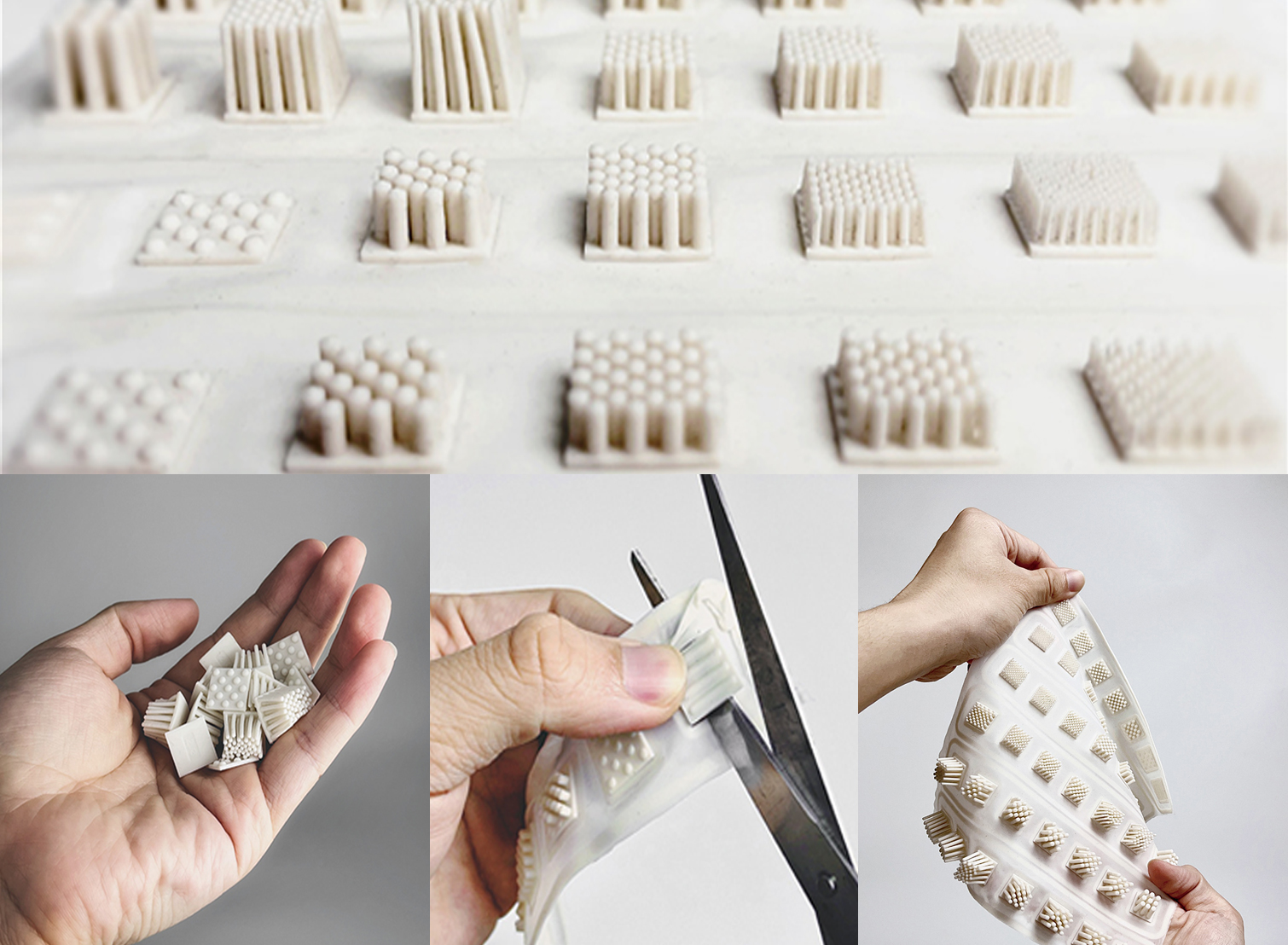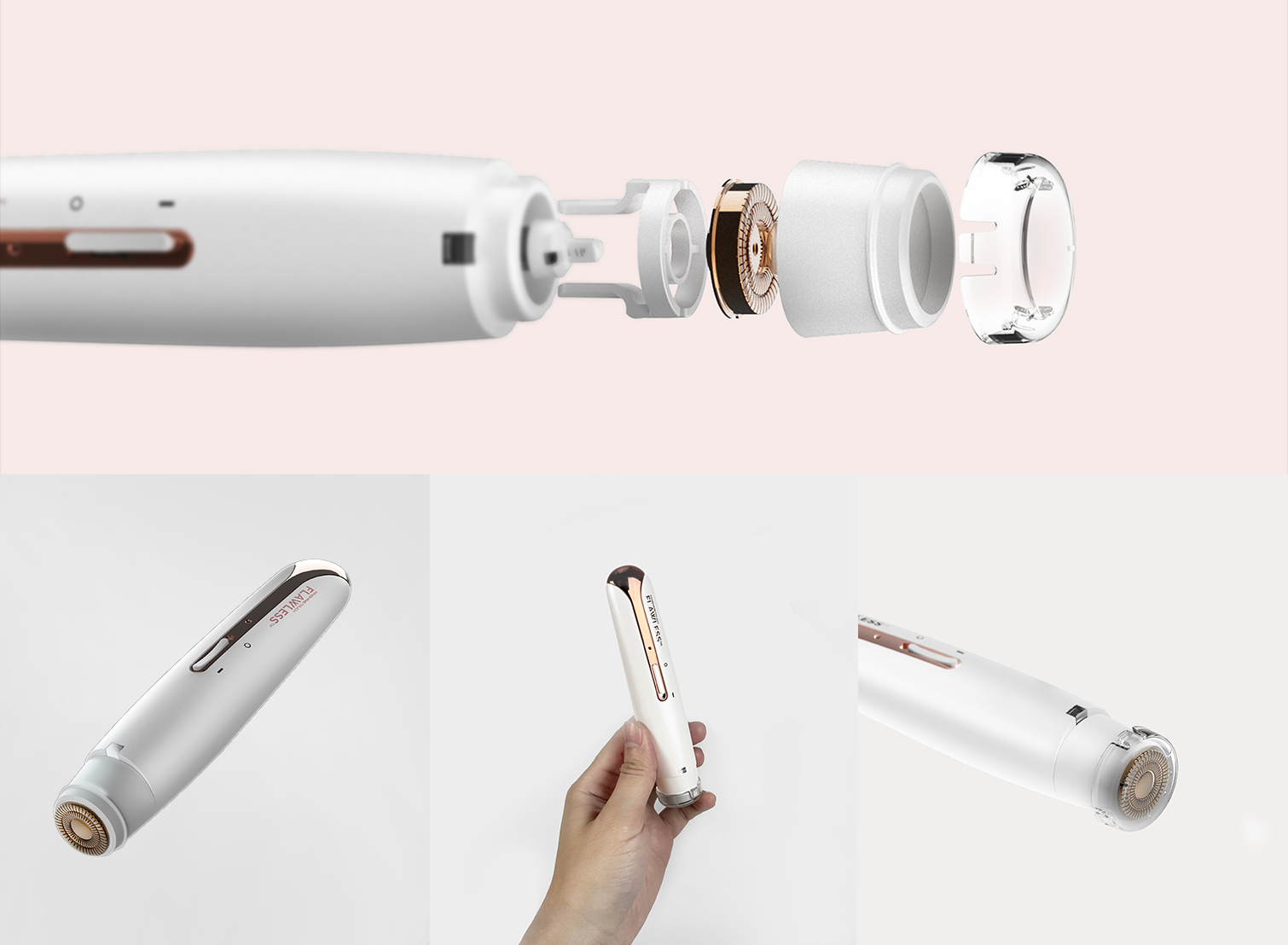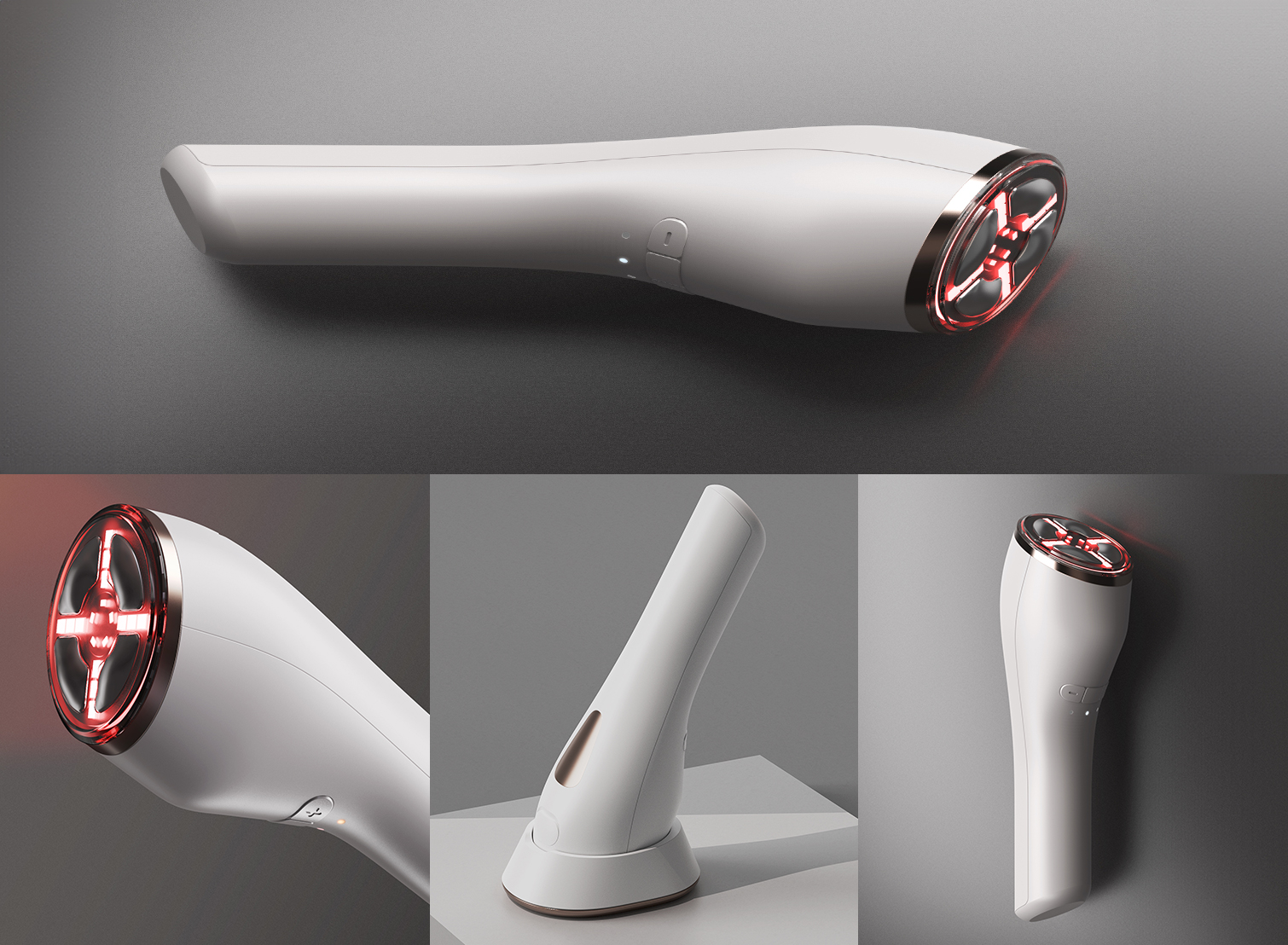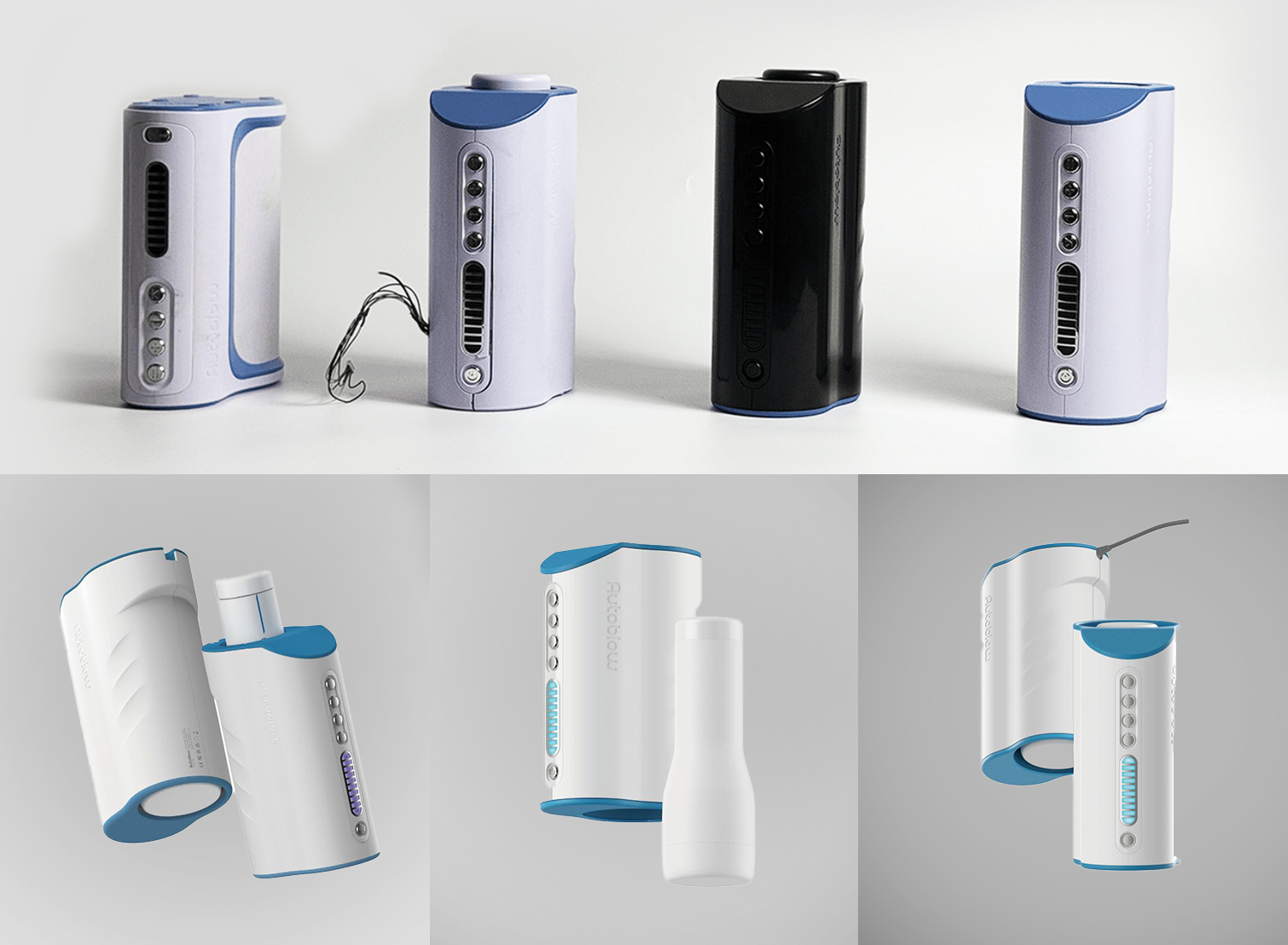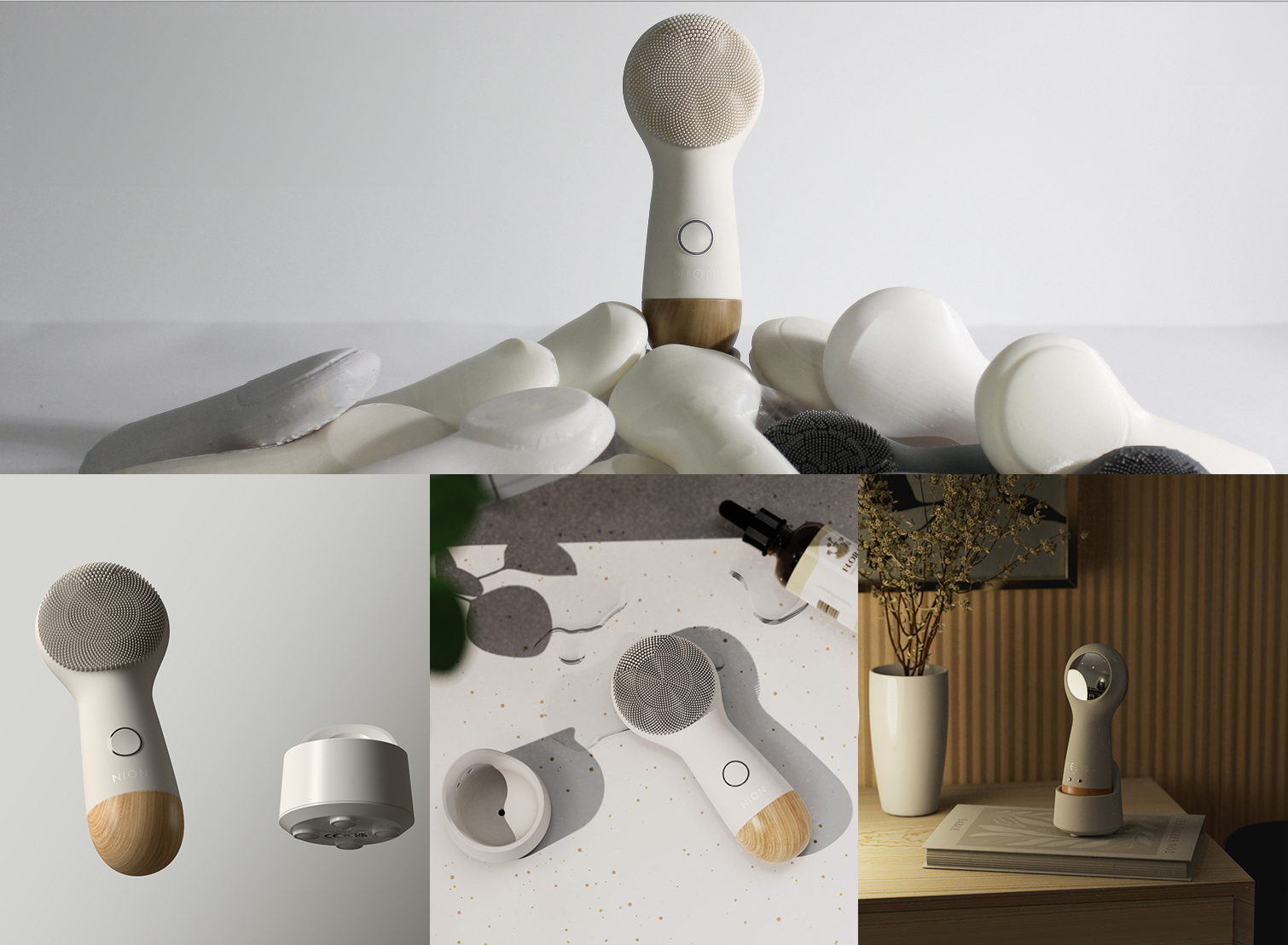For entrepreneurs and inventors immersed in the world of industrial design and manufacturing, a defining question emerges:
“How can industrial designers and engineers effectively navigate the intricate interplay between safeguarding intellectual property (IP) and embracing the open-source movement?”
This decision holds the power to shape the trajectory of product development, from concept to market. Contrary to historical patterns, the COVID-19 pandemic defied expectations, sparking a surge in IP filings. In 2021, global innovators collectively submitted a remarkable 3.4 million patent applications, as highlighted by the World Intellectual Property Organization’s (WIPO) report.
This article will cover:
- Understanding Intellectual Property in Manufacturing and Industrial Design: Significance and Implications
- Safeguarding Your Intellectual Property: Identifying Potential Threats
- Why is Open Source Important in Manufacturing and Design?
- The Verdict: Open Source vs. IP Framework: Is There a More Nuanced Approach?
- Leveraging Integrated Partnerships for Open Source and IP Synergy
- The Future of IP Protection in Manufacturing
Understanding Intellectual Property in Manufacturing and Industrial Design: Significance and Implications Intellectual Property (IP) stands as a crucial foundation, guarding inventive ideas, designs, and technologies in manufacturing. It encompasses diverse legal rights—patents, trademarks, copyrights, trade secrets, and industrial designs—each tailored to protect distinct facets of the creative process. These safeguards not only spur innovation and ensure equitable competition but also hold a central role in shaping the manufacturing domain by promoting growth, maintaining brand identity, and propelling advancements in technology and design.
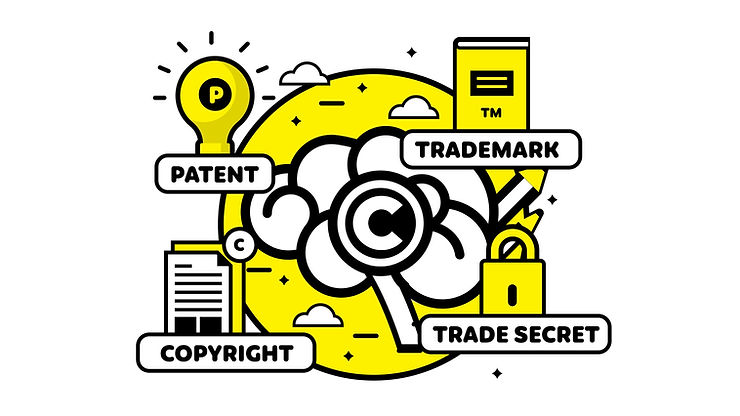
The main types of intellectual property in manufacturing include:
- Patents: Patents grant inventors exclusive rights to their inventions, preventing others from making, using, or selling the patented technology for a specified period. In manufacturing, patents are crucial for safeguarding novel processes, methods, machines, or products.
- Trademarks: Trademarks protect brand names, logos, symbols, and other distinctive identifiers that distinguish products or services from others in the market. Manufacturers often use trademarks to build brand recognition and consumer trust.
- Copyrights: Copyrights protect original creative works such as designs, technical drawings, manuals, and software codes. In manufacturing, copyrights ensure that the intellectual effort put into these creations is acknowledged and protected.
- Trade Secrets: Trade secrets encompass confidential and valuable information that provides a competitive advantage. In manufacturing, trade secrets may include proprietary formulas, manufacturing processes, or customer lists.
- Industrial Designs: Industrial designs protect the visual appearance and ornamental aspects of products. Manufacturers can secure their unique product designs, shapes, and aesthetics through industrial design rights.
Intellectual property types offer manufacturers distinct benefits—preserving innovation, establishing brand identity, and gaining market advantage. These safeguards extend to both businesses and owners, preventing unauthorized use and imitation.
Safeguarding Your Intellectual Property: Identifying Potential Threats As an entrepreneur or inventor, your creative ideas, designs, and technologies are a huge part of your business’s value and competitive advantage. Considering this, it’s essential to be aware of potential threats from malicious groups. This is highlighted in research conducted by Ekran Systems. Here are four notable threat groups:
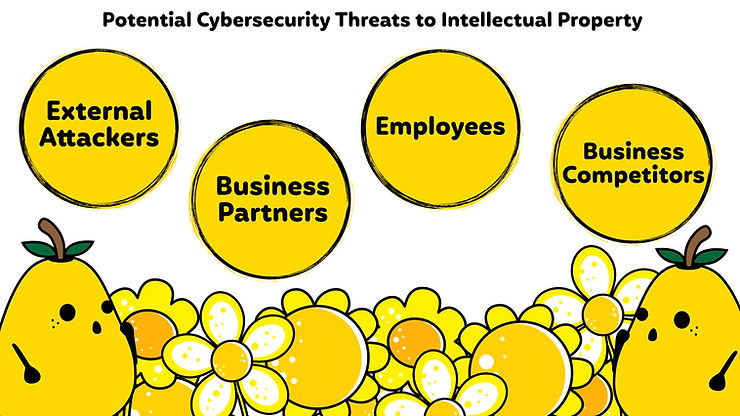
- External Attackers: External malicious actors pose a significant risk, as 88% of data breaches stem from these sources. Cybercriminals and hackers can target your valuable designs, technologies, and confidential information, seeking to exploit or sell them for financial gain.
- Business Partners: Collaborations are vital for growth, but the 17% rise in data breaches related to third-party vendors between 2020-2021 underscores the need for solid agreements to prevent unauthorized IP use.
- Employees: With 26% of insider incidents involving criminal insiders and 56% stemming from employee negligence, managing access and emphasizing confidentiality is essential to protect your IP from your own team.
- Business Competitors: Rival entrepreneurs and inventors may attempt to replicate your innovative concepts or technologies. Safeguarding your IP ensures that your groundbreaking ideas remain your unique contribution to the market.
Why is Open Source Important in Manufacturing and Design?
In contrast to IP which focuses on proprietary rights, open source emphasizes collaboration, transparency, and community-driven development. In manufacturing and design, open source is vital for entrepreneurs and inventors, contributing to diverse collaboration, accelerating innovation, and democratizing access to advanced technologies.
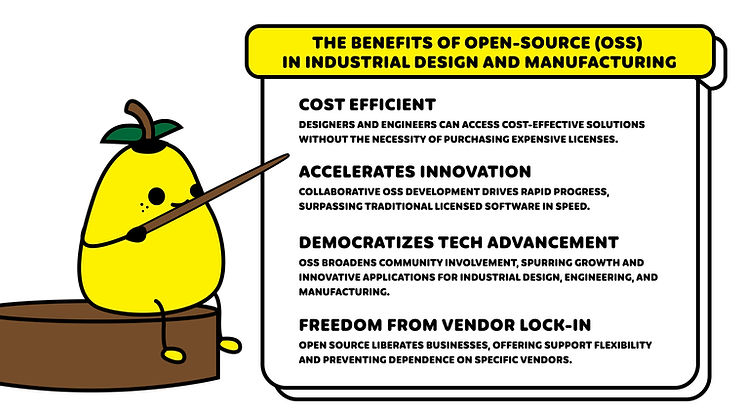
- Collaborative Innovation: Open source promotes collaborative development among a diverse community of contributors, driving rapid innovation and breakthrough solutions through shared expertise. For instance, the Linux operating system, a prominent open-source project, has seen contributions from thousands of developers worldwide, leading to its widespread adoption and continuous enhancement.
- Transparency and Accessibility: The open-source approach democratizes access to knowledge and technology, empowering startups, small businesses, and individuals to utilize advanced designs and technologies. GitHub, a hub for collaborative software development, has 94 million developers actively engaged in open-source projects, and a remarkable 90% of companies are on board with open-source approaches. Hence, showcasing the accessibility and reach of open source.
- Customization and Adaptability: Open source empowers manufacturers to customize products for specific needs without starting from scratch. For instance, the RepRap project, an early open-source 3D printer initiative, allowed designers to modify designs, resulting in a range of personalized solutions. This project’s goal of democratizing 3D printing sparked discussions as designers shared their work. Some faced issues of uncredited commercial use, prompting debates on licensing models like Creative Commons to balance collaboration and recognition. This case highlights the delicate balance between open innovation and protecting creators’ rights.
- Reduced Development Costs: Open source reduces development costs by sharing resources and knowledge, enabling efficient collaboration on common challenges and optimizing resource utilization. The Apache web server, an open-source project, powers a significant portion of websites worldwide, demonstrating how shared development efforts can lead to cost-effective and widely adopted solutions.
However, while open-source software offers numerous benefits to the design and manufacturing industries, it also comes with certain drawbacks that need careful consideration.
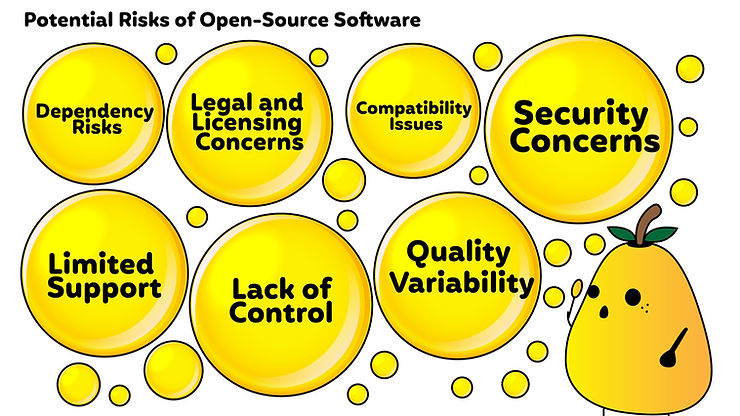
The Verdict: Open Source vs. IP Framework: Is There a More Nuanced Approach?
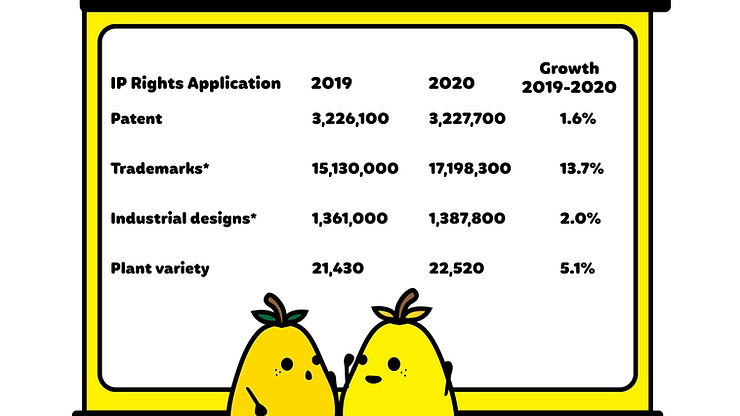
According to the World Intellectual Property Indicators Report, 13.4 million trademark applications were filed across 17.2 million classes. Classes specified in applications soared by an astounding 13.7% that year, underscoring the evolving landscape of intellectual property (IP). This surge illuminates the dynamic and ever-changing nature of the IP arena.
Robust IP Protection: IP protection is vital, deterring copying and promoting innovation. However, it can limit collaboration and hinder creativity, especially in manufacturing, known for intricate designs and processes.
Open-Source Movement: Open source champions collaboration, transparency, and accessibility. Sharing knowledge enables collective progress, with contributors refining designs. Yet, openness raises concerns about control, ownership, and sustainable business models.
A Nuanced Approach: Amidst the Open Source vs. IP Framework debate, a third approach emerges: a nuanced balance. Recognizing the benefits of both, manufacturers seek a middle ground. IP frameworks must nurture collaboration without sacrificing protection. Open-source platforms must balance progress with accountability.
Finding a knowledgeable supply chain partner in industrial design, engineering, and manufacturing provides a holistic view of IP protection and open-source options for cost optimization, ensuring a harmonious integration of innovation and practicality, and aligning with the complex landscape of modern IP applications.
Leveraging Integrated Partnerships for Open Source and IP Synergy
Entrepreneurs seeking harmony between open source and IP dynamics can find a valuable ally in an experienced industrial design, engineering, and manufacturing partner. This expert guidance enables harnessing the benefits of both approaches, enhancing innovation while safeguarding unique creations.
A prime example lies in partnering with an integrated solutions provider. Imagine an entrepreneur launching a novel facial cleaning tool. Collaborating with this partner offers access to experts seamlessly integrating open-source components with proprietary features. Designers tailor the user interface, engineers assess compatibility and security, and the manufacturing team ensures quality and adherence to licensing.
Furthermore, this partner customizes the supply chain, aligning open-source elements with proprietary protection. The result is a strategic blend of innovation and practicality, responding to the entrepreneur’s vision and market needs.
The Future of IP Protection in Manufacturing
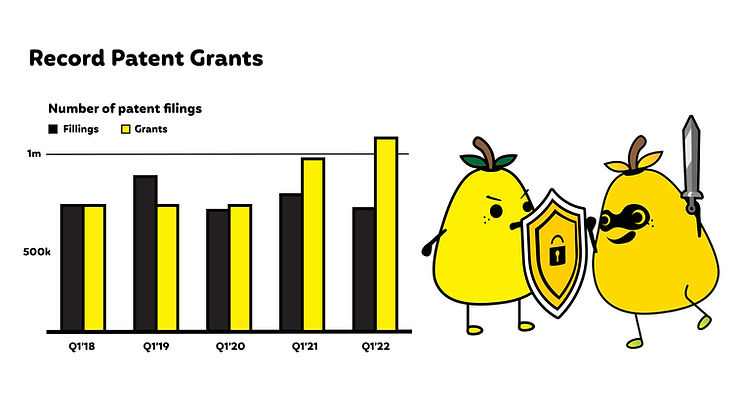
The future of intellectual property (IP) protection for entrepreneurs and businesses immersed in product manufacturing is on the cusp of profound change. As the world landscape undergoes shifts, the significance of IP is growing. For instance, the number of patents granted globally surged to over 1.1 million in Q1 2022, marking an 8% year-on-year increase, as revealed by GlobalData’s Patent Analytics database. Notably, China fueled this surge with a 29% growth in utility model patents. In this dynamic environment, the synergy of IP protection and open-source collaboration will shape the path to success.
The all-in-one design and manufacturing partner may emerge as a guiding light in this ever-evolving landscape. Proficient in industrial design, engineering, and manufacturing, this partner not only bridges the open-source/IP gap but also envisions the future. For entrepreneurs and businesses entering manufacturing, the synergy of IP protection and open-source collaboration will shape success. Embracing a future where innovation and protection harmonize, guided by knowledgeable partners, will pave the path for pioneering creations in modern manufacturing’s dynamic realm.


